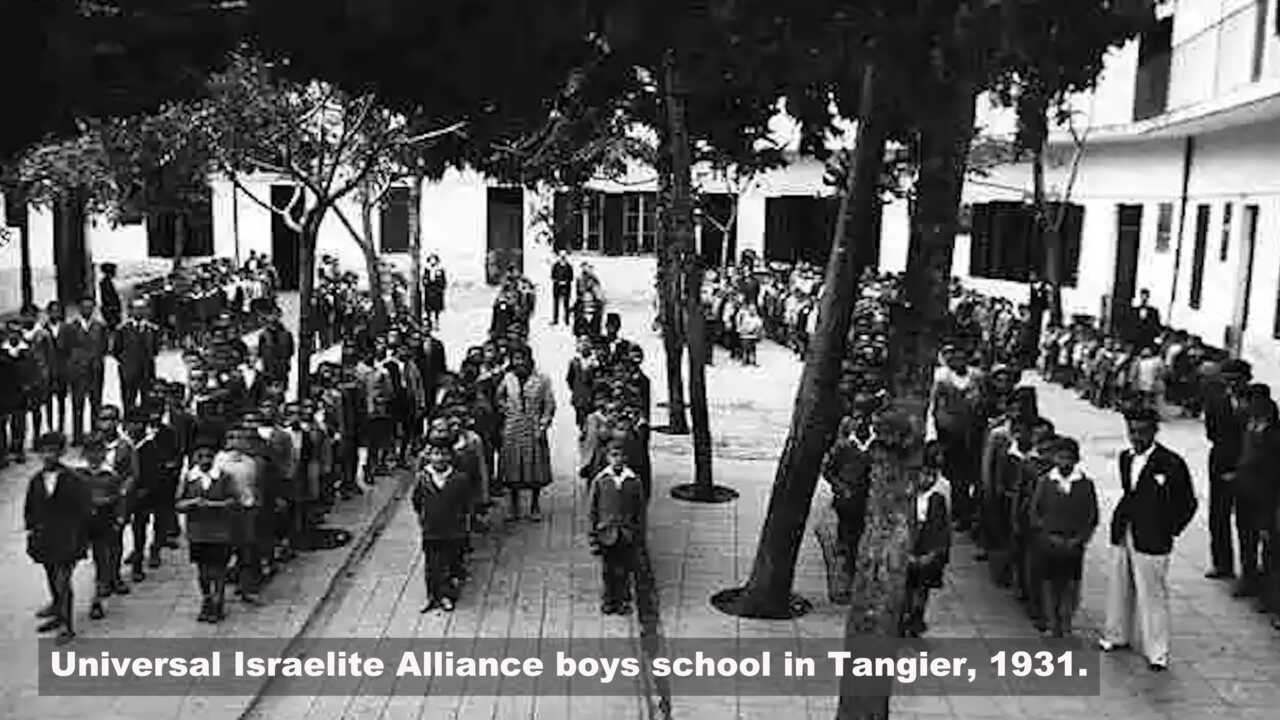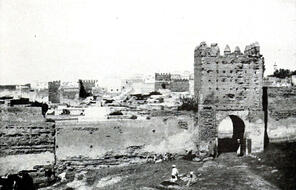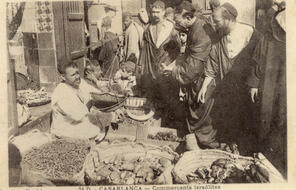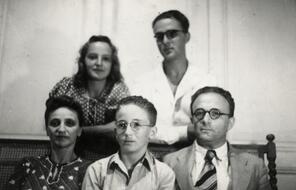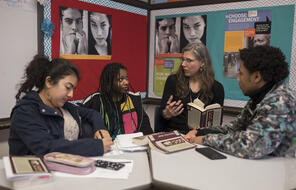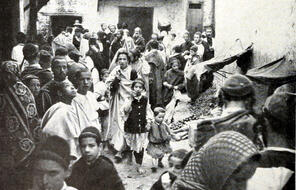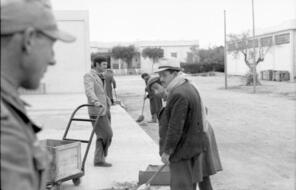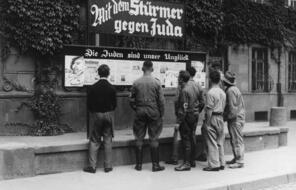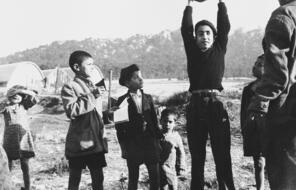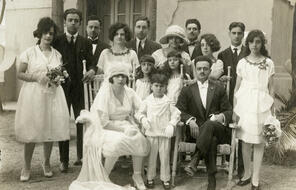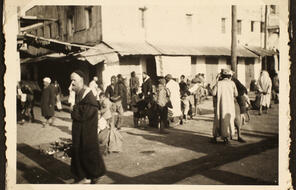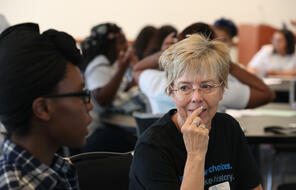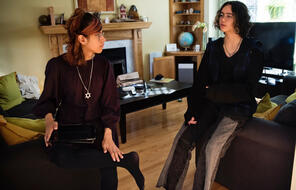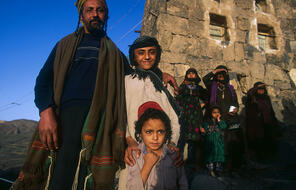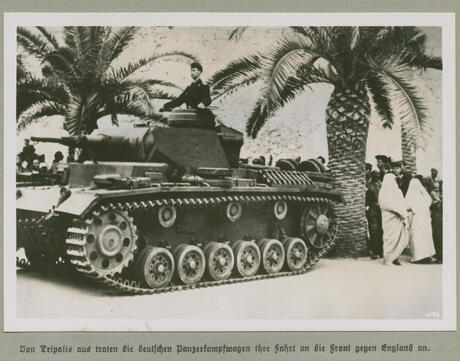
Responses to Rising Antisemitism and Antisemitic Legislation in North Africa
At a Glance
Language
English — USSubject
- History
- Social Studies
Grade
9–12Duration
Two 50-min class periods- The Holocaust
- Genocide
- Culture & Identity
- Antisemitism
- Racism
Overview
About This Lesson
In the previous lesson, students learned about Jewish life in North Africa going back to pre-Islamic times and extending through the early 1900s. This lesson explores the ways that the political actions of European colonial powers in Morocco, Algeria, Libya, and Tunisia influenced the fate of North African Jewry during the Holocaust. The Italian and Vichy French governments passed antisemitic race laws in Europe and brought that legislation to their colonies in North Africa. This legislation was implemented differently, depending on particular colonial histories and geo-political contexts. These laws had wide-ranging impacts on North African Jews and included expropriation of property, expulsion from schools and professions, and forced relocation.
Responses to the rising antisemitism and antisemitic laws reflect a range of choices that people can make in the face of persecution and hate. Through the voices of individuals who experienced the changing treatment of Jews in North Africa (including the voice of a Jewish teenager), students can gain insight into questions of identity and belonging that are both particular to the context and universal in their relevance to the world today.
Choices to resist are central to this lesson, from stories of individual defiance in Libya to stories of organized resistance in Algeria. The web of choices and consequences in North Africa fosters reflection on agency and responsibility more broadly.
Preparing to Teach
A Note to Teachers
Before teaching this lesson, please review the following information to help guide your preparation process.
Lesson Plans
Activities
Materials and Downloads
Quick Downloads
Download the Files
Download allResponses to Rising Antisemitism and Antisemitic Legislation in North Africa
Pre-War Jewish Life in North Africa
The Holocaust and North Africa: Resistance in the Camps
Additional Resources
Unlimited Access to Learning. More Added Every Month.
Facing History & Ourselves is designed for educators who want to help students explore identity, think critically, grow emotionally, act ethically, and participate in civic life. It’s hard work, so we’ve developed some go-to professional learning opportunities to help you along the way.
Exploring ELA Text Selection with Julia Torres
On-Demand

Working for Justice, Equity and Civic Agency in Our Schools: A Conversation with Clint Smith
On-Demand

Centering Student Voices to Build Community and Agency
On-Demand


